8 Significant Astronomical Events You Should Know about (Including the Upcoming Solar Eclipse)

Photo courtesy: ©Thinkstock/lindrik
1. Total Solar Eclipse, 1919
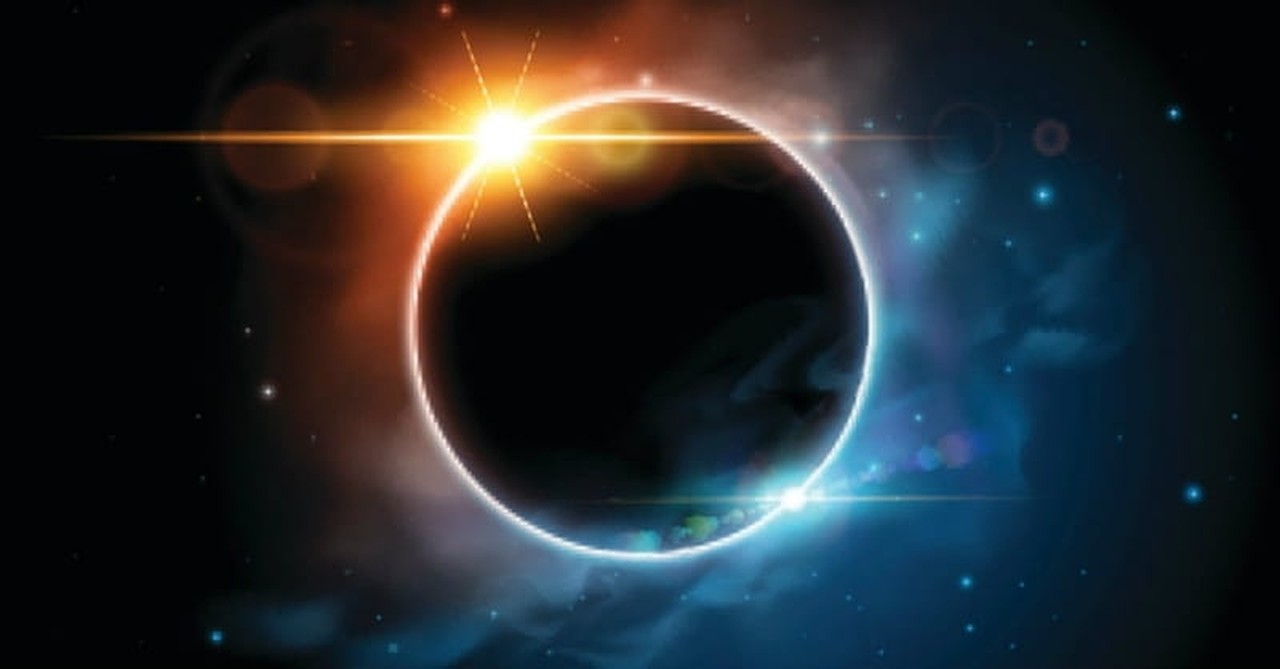
1. Total Solar Eclipse, 1919
SLIDE 1 OF 8
The total solar eclipse that occurred this year was significant because British astronomer and mathematician Sir Arthur Eddington used it to test Albert Einstein's famous Theory of General Relativity.
In a fascinating experiment, Eddington was able to prove that gravity can bend light by taking pictures of stars near the sun during totality--which means the moment when the sun is completely obscured during an eclipse.
Photo courtesy: ©Thinkstock/d1sk
2. Total Solar Eclipse, 1868
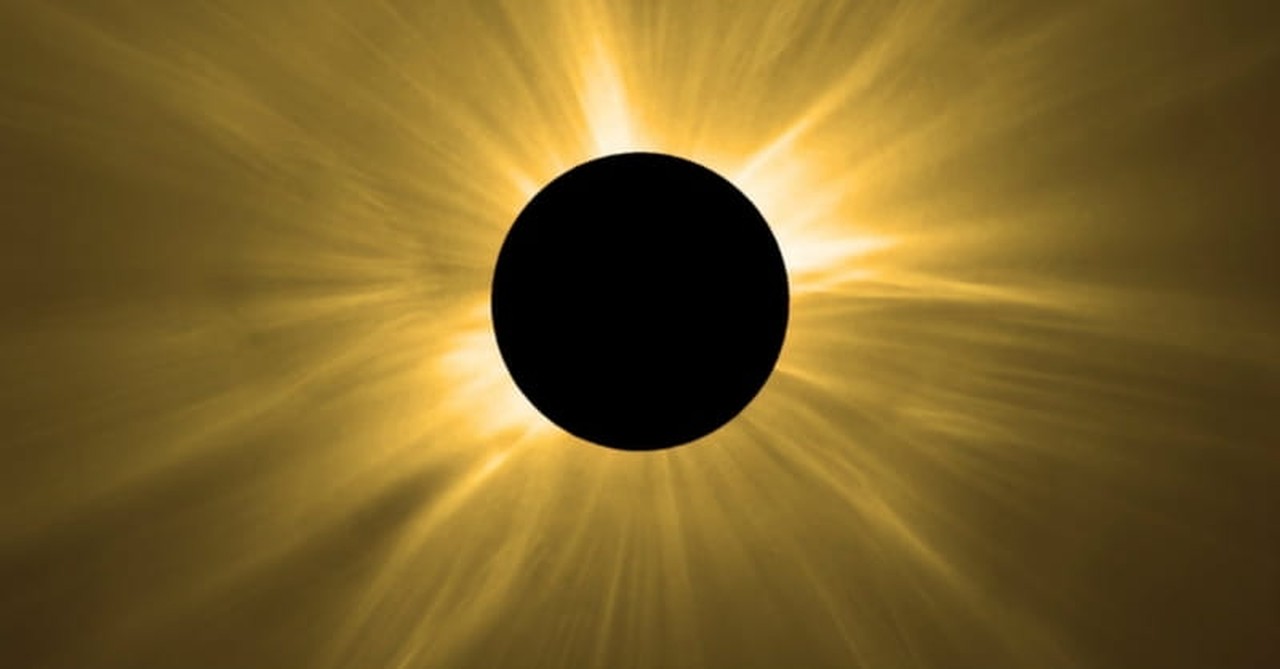
2. Total Solar Eclipse, 1868
SLIDE 2 OF 8
Did you know that a solar eclipse is responsible for the discovery of helium? The 1868 eclipse helped French astronomer Jules Janssen in his discovery of the gas helium. He reportedly named the gas helium after the Greek word for the sun, which is Helios.
Photo courtesy: ©Thinkstock/Allexxandar
3. Total Solar Eclipse, 1605

3. Total Solar Eclipse, 1605
SLIDE 3 OF 8
In the year 1605, the total solar eclipse was given a scientific explanation for the first time. Although attempts at explaining the strange occurrence of an eclipse had been attempted centuries earlier, it wasn't until the Age of Enlightenmnet that astronomer Johannes Kepler provided the world with a scientific explanation.
In case you were wondering, the explanation of a total solar eclipse, as defined by timeanddate.com, is as follows: "Total solar eclipses occur when the New Moon comes between the Sun and Earth and casts the darkest part of its shadow, the umbra, on Earth. A full solar eclipse, known as totality, is almost as dark as night."
Photo courtesy: ©Thinkstock/sdecoret
4. King Henry's Eclipse

4. King Henry's Eclipse
SLIDE 4 OF 8
To this day, eclipses are surrounded by myth and superstition. This may have sprung in part from the total solar eclipse, known as King Henry's Eclipse, which occurred in 1133. King Henry I of England died shortly after the eclipse darkened the skies, leading to rumors that eclipses were bad omens.
Photo courtesy: Wikimedia Commons
5. Halley's Comet
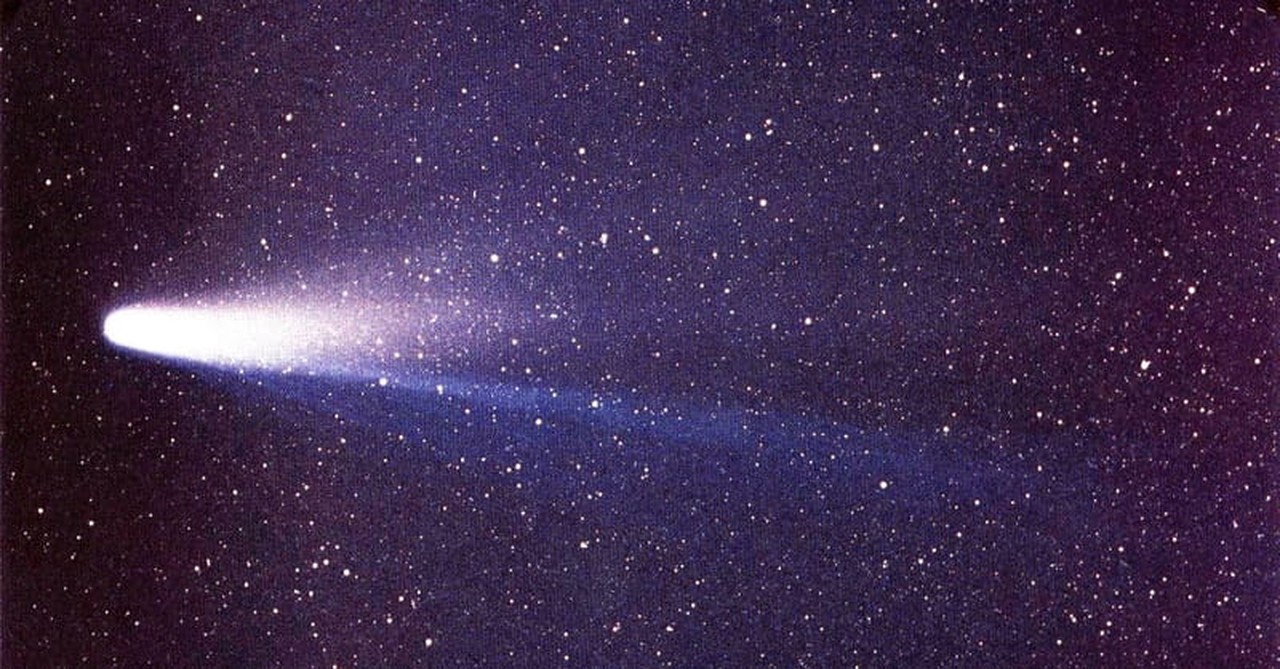
5. Halley's Comet
SLIDE 5 OF 8
Halley's Comet is a comet that periodically is visible from earth. Every 74-79 years it is visible to the naked eye as it passes back through the inner Solar System. Although its progress through the heavens has been tracked since ancient times, English astronomer Edmond Halley is credited with discovering its periodic nature.
One fun fact about Halley's Comet is that it was observed in England in the pivotal year 1066 when William the Concqueror defeated Harold II of England in the Battle of Hastings. After this battle, the Comet was depicted in the famous Bayeux Tapestry which commemorates William's victory.
Photo courtesy: Wikimedia Commons
6. Supernova of 1604

6. Supernova of 1604
SLIDE 6 OF 8
According to nasa.gov, "A supernova is the explosion of a star. It is the largest explosion that takes place in space."
In 1604 Johannes Kepler observed a supernova in the Milky Way Galaxy. Interestingly, Kepler was able to observe the supernova with his naked eye. Telescopes were not invented until several years later, but there have been no supernovas in the Milky Way to observe since 1604.
Photo courtesy: ©Thinkstock/kevron2001
7. Ancient Ugarit Eclipse
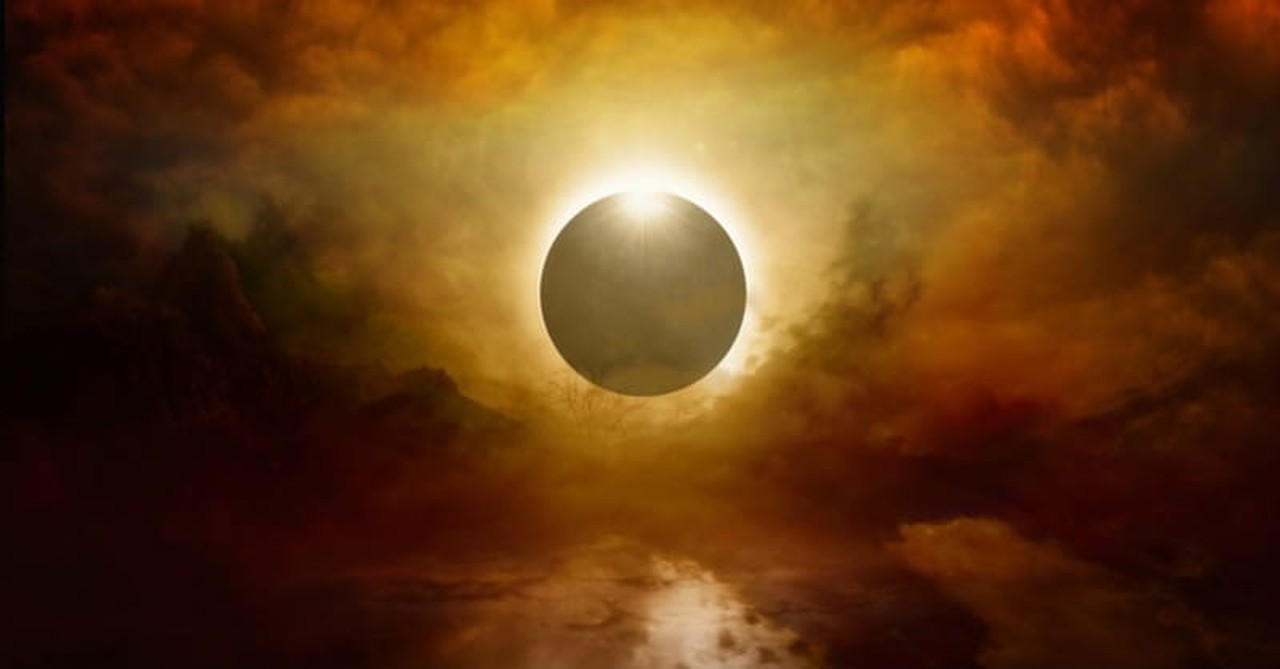
7. Ancient Ugarit Eclipse
SLIDE 7 OF 8
The Ugarit Eclipse occurred in 1223 B.C. in Ugarit, which was a port city in Northern Syria. Historians know that the eclipse darkened the ancient skies for just two minutes and seven seconds. Ancient historians who witnessed the eclipse reportedly said that the sun was "put to shame."
Photo courtesy: ©Thinkstock/lg0rZh
8. Great American Solar Eclipse of 2017
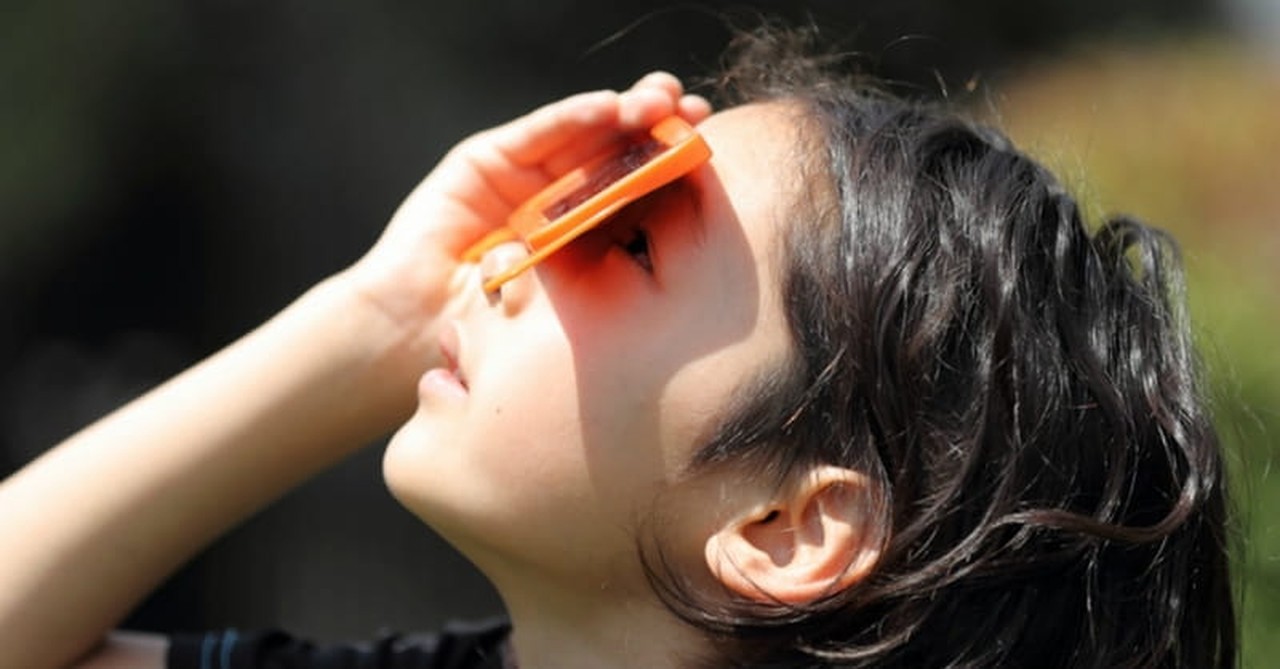
8. Great American Solar Eclipse of 2017
SLIDE 8 OF 8
Last but not least is the solar eclipse coming up this Monday, August 21. This eclipse will be visible in North America, and its path of totality stretches from the Oregon coast to the South Carolina coast.
Thousands of viewing parties have been scheduled and both professional and amateur astronomers are gearing up to watch this amazing astronomical event.
Make sure if you go out to observe it that you wear protective glasses!
Some information courtesy: of www.timeanddate.com
Photo courtesy: ©Thinkstock/warioman
Publication date: August 17, 2017
Originally published August 19, 2017.









